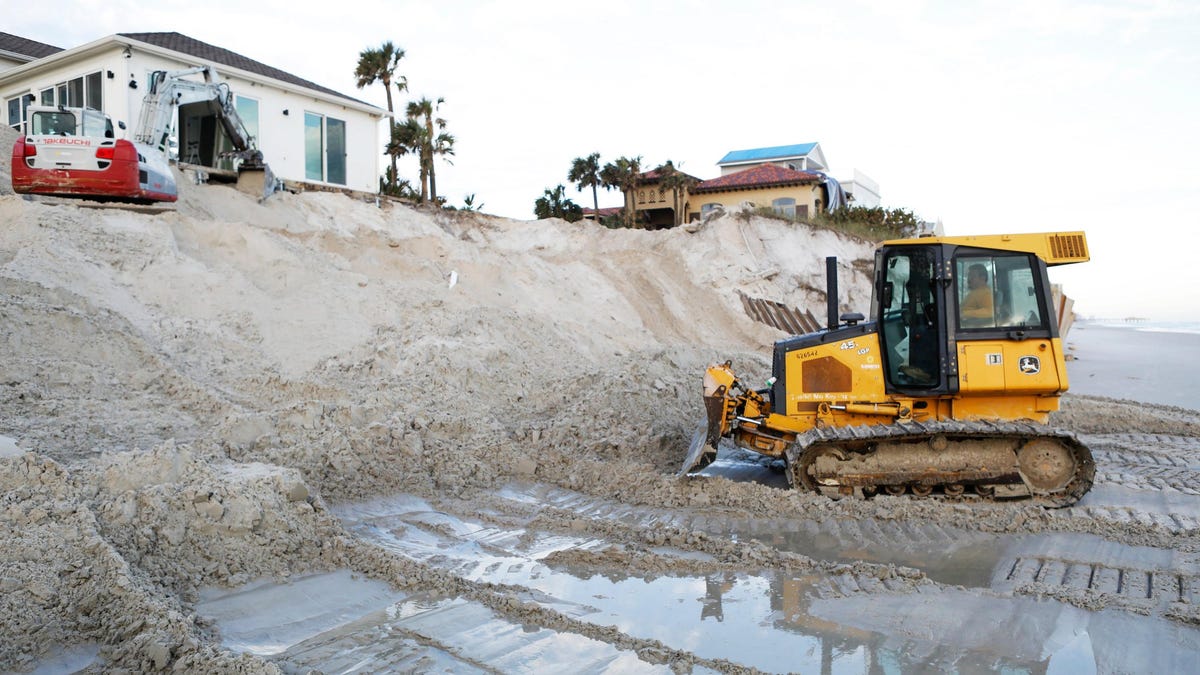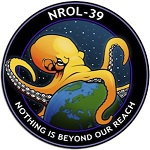- cross-posted to:
- collapse
- collapse@sopuli.xyz
- cross-posted to:
- collapse
- collapse@sopuli.xyz
This perilous situation is the result of a standoff between local residents and the U.S. Army Corps of Engineers, the federal agency that handles flood prevention and protects many of the nation’s beaches. The Corps often rebuilds eroded beaches by hauling in thousands of tons of sand, but the agency is refusing to deliver $42 million of new sand to Pinellas County unless the area’s coastal property owners grant public access to the slivers of beach behind their homes. Hundreds of these property owners, however, are in turn refusing to sign documents that grant these points of access, which are known as easements. The faceoff has brought the area’s storm recovery to a near standstill.
Yeah, I’m with the government. Either pay for it yourself or make it public, done.
The strange thing about the easement controversy is that these waterfront residents don’t fully own the beaches behind their homes — in fact, most of the county’s beaches are already public. State law provides that all Florida beaches with artificial sand are public up to the “erosion control line,” which is about the same as that which marks high tide. In other words, everything from the water to the high tide line is open for anyone to walk, tan, or spread a blanket. The land in dispute between the Corps and the homeowners is only the section of sand between the backside of a beach house and the high tide line, which in many cases is just a few dozen feet.
Owners’ reasons for refusing easements are numerous, but most cite a fear that granting public access to the sand behind their property will encourage tourists to venture up on their dunes or sit on the sea walls behind their homes. Sure, they can’t stop tourists and beachgoers from using the beach that sits between the erosion line and the water — but they don’t want them coming any closer.
An understandable concern. Why does the easement need to be that close if the beach itself is already public?
is only the section of sand between the backside of a beach house and the high tide line,
Lmao, that’s the entire beach.
cite a fear that granting public access to the sand behind their property will encourage tourists to venture up on their dunes or sit on the sea walls behind their homes
It should be owned by the public like they do in California and Hawaii. Why should our tax dollars pay for them to be greedy about the waterfront.
The public does own the majority of the beach, just not a small part that is right next to the home which is in dispute.



